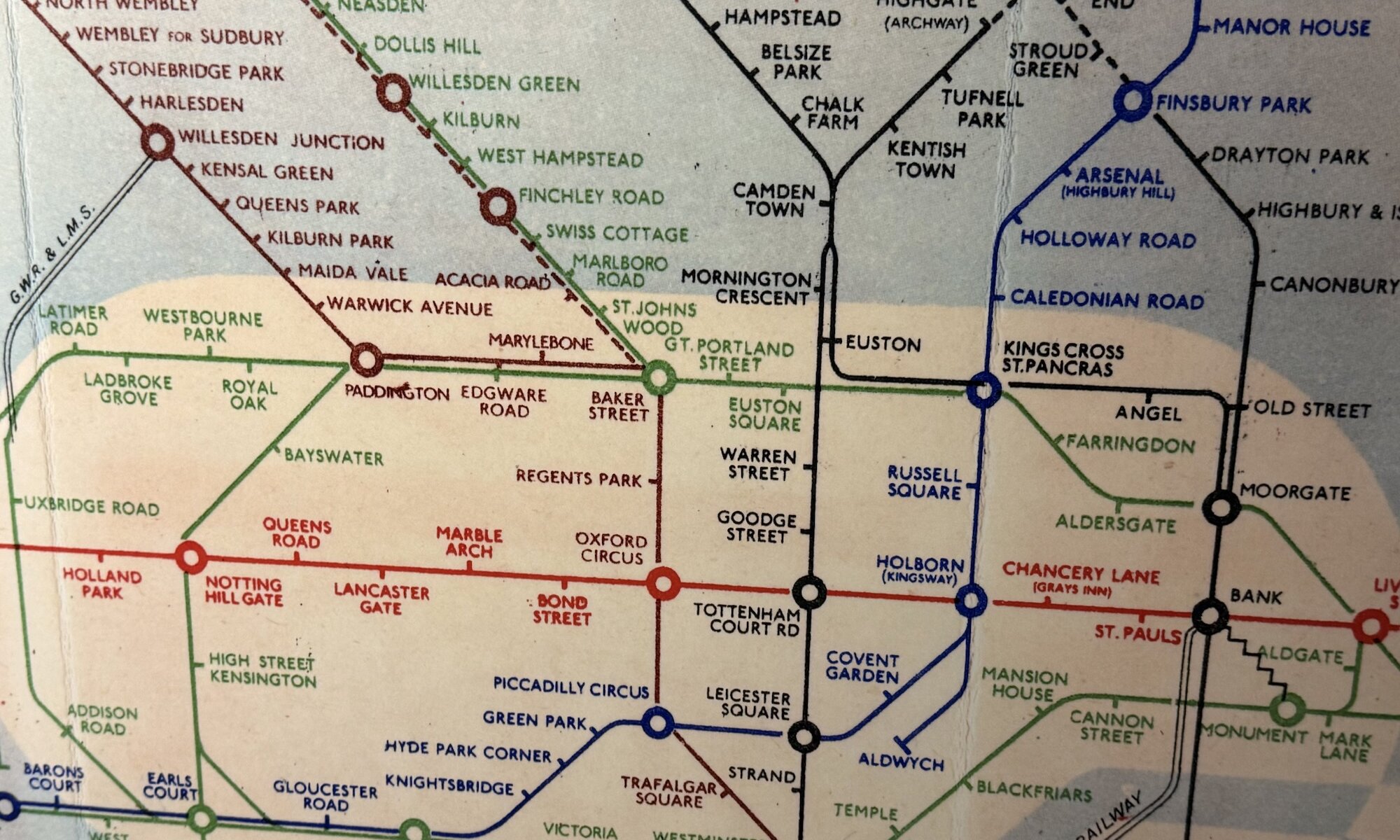Baker Street tube station is a landmark in the history of urban transportation, as it was part of the world’s first underground passenger railway. Construction of the station began in March 1860 using the ‘cut-and-cover’ method, which involved digging a trench along the street, laying the tracks, and then covering it over. Despite several accidents during construction, the work was completed by the end of 1862 at a cost of £1.3 million. The station officially opened to the public on 10th January 1863 as part of the Metropolitan Railway, which connected Paddington to Farringdon Street and aimed to alleviate the severe street congestion in Victorian London. The name also explains why in other cities subway systems are called ‘Metro’.
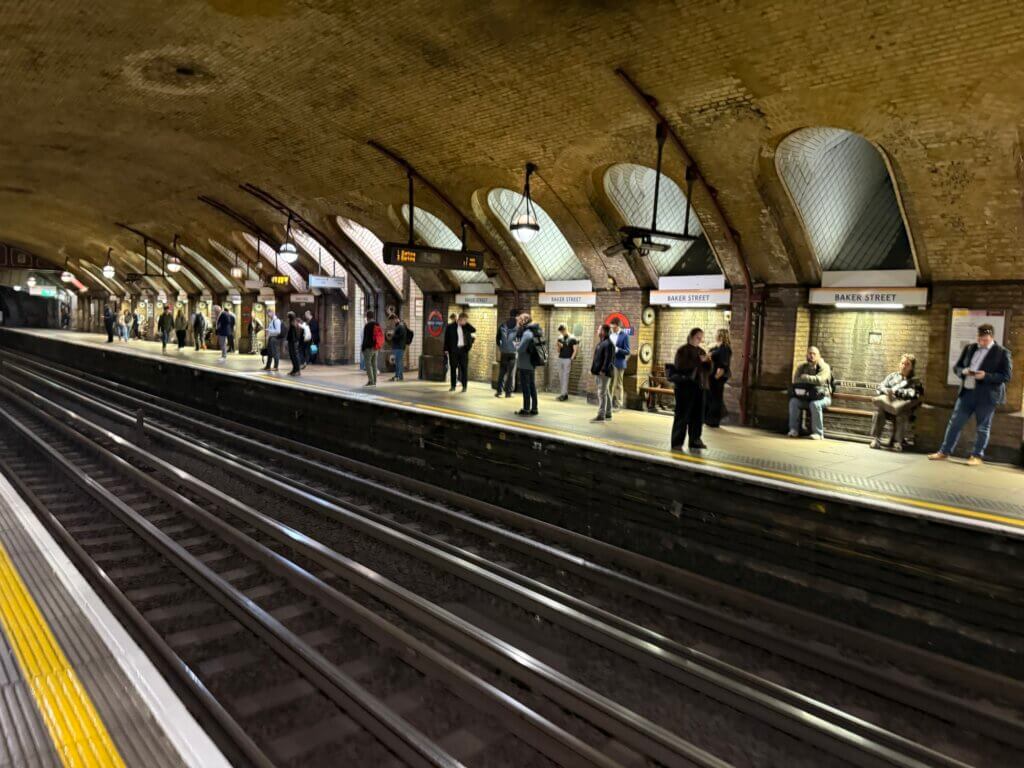
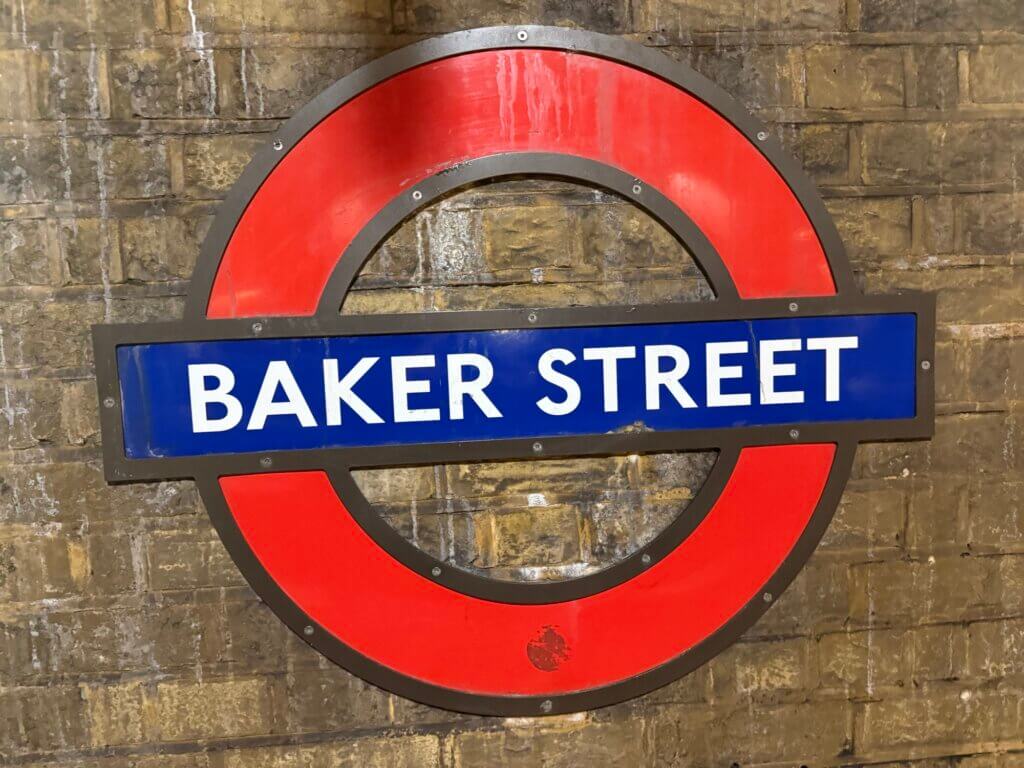
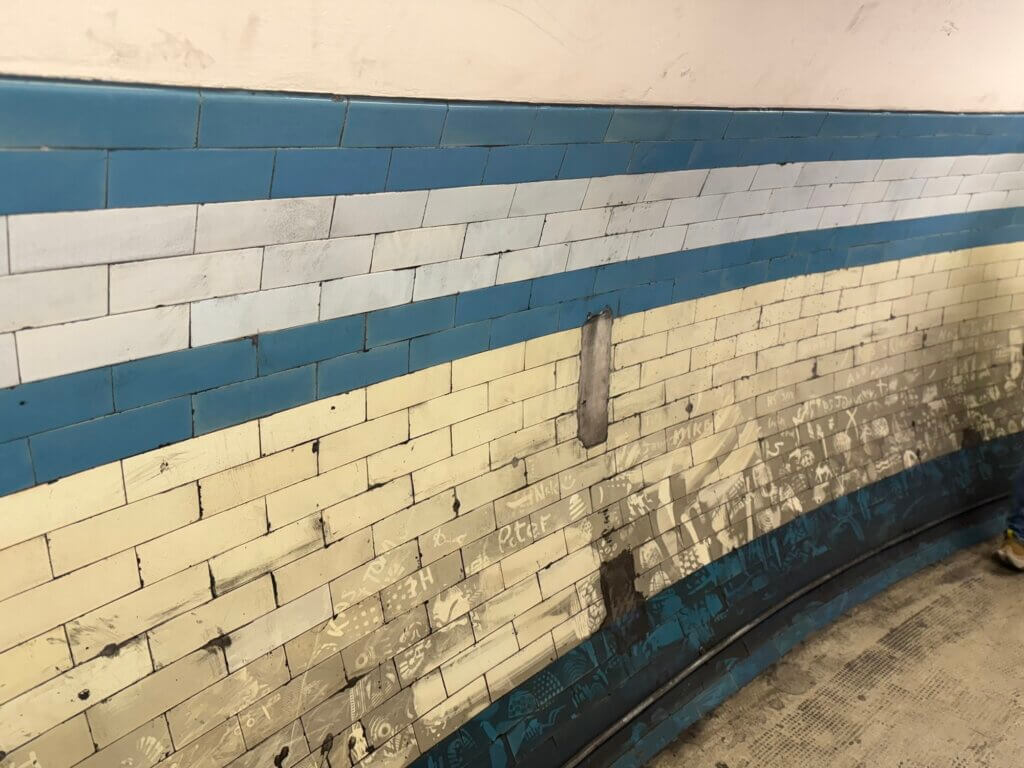
The reason the world’s first underground railway ran through Baker Street was to link several major railway termini with the City of London, providing a pioneering solution to the growing traffic chaos caused by carts, cabs, and omnibuses. The railway termini can be found surrounding the city center, they could never be connected directly and therefore there is no main railway station or Grand Central station in the city. London‘s rapid population growth and urban expansion in the 19th century created a pressing need for efficient mass transit. The Metropolitan Railway, which included Baker Street station, was designed to carry passengers beneath the congested streets, revolutionizing urban travel and setting the foundation for modern subway systems worldwide.
Today, Baker Street station remains a vital part of London‘s transport network. It serves five lines: the Metropolitan, Hammersmith & City, Circle, Jubilee, and Bakerloo lines, making it one of the busiest and most interconnected stations on the London Underground. Over the years, the station has undergone numerous renovations to improve passenger experience, including updated escalators, ticketing systems, and platform infrastructure, while still preserving its historical significance.
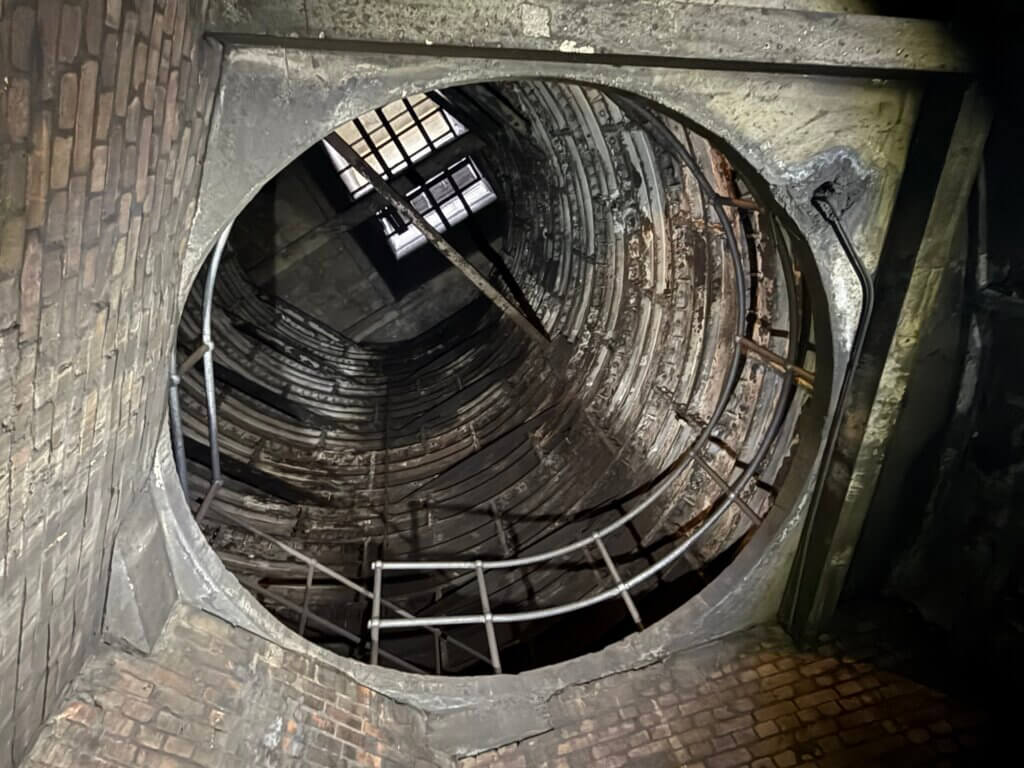
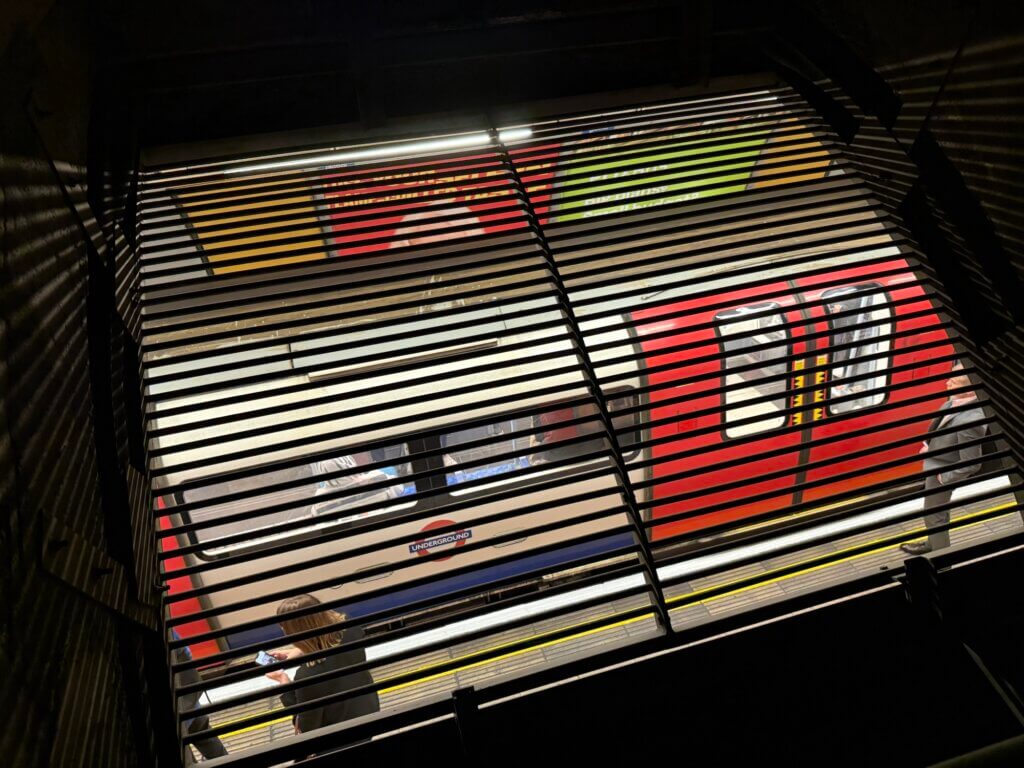

For those interested in exploring the station’s rich heritage beyond the daily commute, the London Transport Museum offers guided tours called ‘Hidden London‘ at Baker Street. These tours provide exclusive access to parts of the station normally closed to the public, such as original platforms, disused lift shafts, and hidden corridors. Visitors can step back in time and learn about the station’s 160-year history, including its role as the operational headquarters for London Underground staff. You’ll learn that a vast amount of tiles in the station is still original and that here could be found the first ‘moving stairs‘, or escalator as we say today. This immersive experience reveals the fascinating story of the world’s first underground railway and its enduring legacy. And first of all it is a fun being shepherded by three employees in yellow vests through the station during rush hour and irritate the commuters; some accidently lined up with the group and some just looked baffled when we disappeared through unobtrusive doors that are normally always closed.
Baker Street tube station
London
England
United Kingdom
https://www.ltmuseum.co.uk/hidden-london
Loading map...


